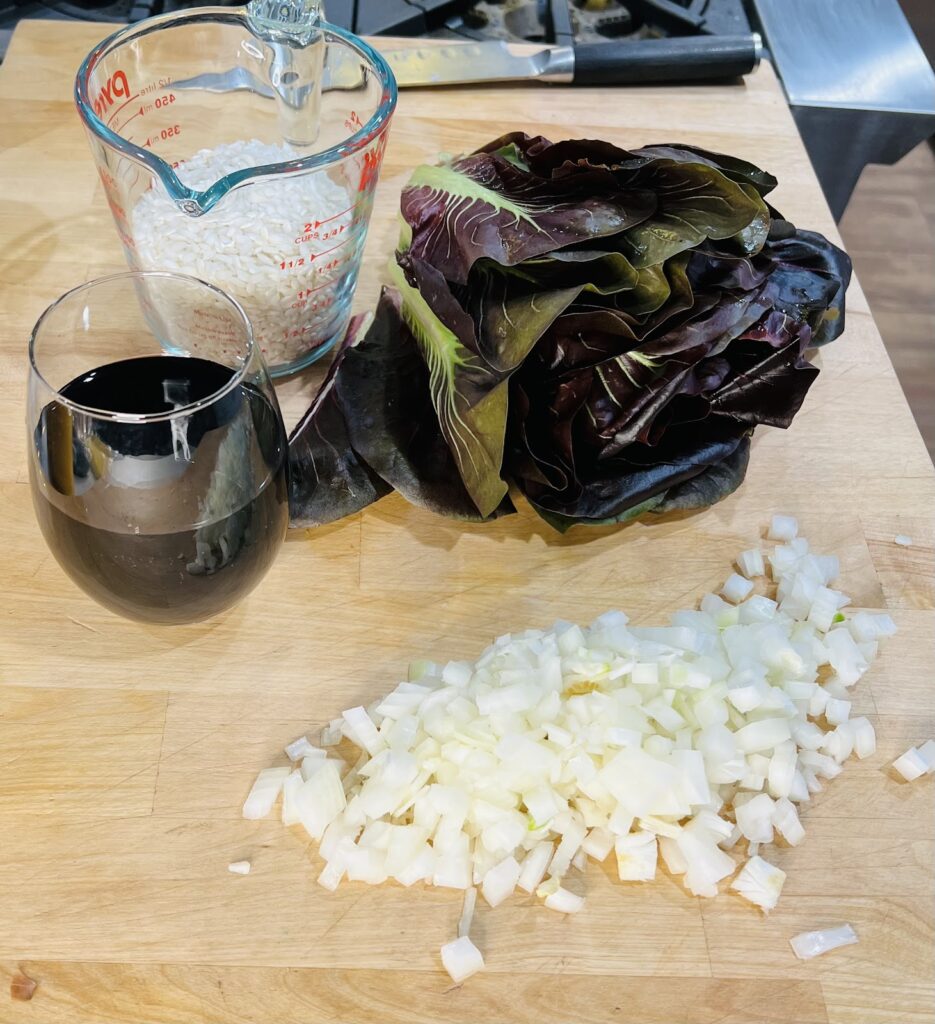Amanda Callywood of Callywood Farms
Recipe notes: If you don’t have a scale and you’re into baking, I highly recommend investing in one. There are numerous reasons mostly related to exact measurements, but my favorite reason to use one is because it reduces dishes. You don’t need measuring cups, it’s a mostly 1-2 bowl situation as you can dump stuff into a bowl and watch the numbers. Easy peasy. The original author did include rough cup measurements, but I did not test the recipe using these.
Blueberry Cookies
Adapted from Justine Snacks: https://justinesnacks.com/blueberry-cookies-vegan-naturally-blue/
Ingredients
- 135 grams all-purpose flour, about 1 cup (I have recipe-tested with whole wheat and don’t recommend it, as it discolors the final cookie. GF substitute worked great)
- 1/2 tsp baking powder
- 1/8 tsp salt
- 76 grams local butter, softened, about 1/3 cup
- 90 grams cane sugar, about 1/3 cup and 1 tbsp
- 80 grams local frozen blueberries, about 1/3 cup (if measuring frozen ones, it looks more ¾-1 cup, but after heating it reduces to ⅓-½ cup)
- 70 grams white chocolate chips, about 1/2 cup
Directions:
- Preheat your oven to 400F.
- In a small bowl, whisk together the flour, baking powder and salt.
- Either in the microwave or on the stovetop, thaw the frozen blueberries until they are soft and jammy. In the microwave this should take about 30 seconds on high heat, and on the stovetop it should take about 2-3 minutes on medium heat.
- Let the blueberries cool for about 2-3 minutes. While they are cooling, use an electric mixer or a stand mixer to cream together the butter and sugar. You want to cream the sugar and butter until the mixture is noticeably lighter and fluffy.
- Add the blueberries to the butter and sugar and cream at a high speed. You want to essentially “mash” the blueberries into the mixture, making it so that they are pureéd and fully combined with the butter and sugar. The mixture should be a deep purple color.
- Gradually fold the dry ingredients in with the wet ingredients to form a dough. Mix in the white chocolate chips.
- The dough will be very slack, so chill in the freezer for 30 minutes before shaping into 12 balls.
- Bake the cookies at 400F for 10-13 minutes or until slightly brown on the edges. Let cool on a cooling rack for 5-10 minutes and then serve!










